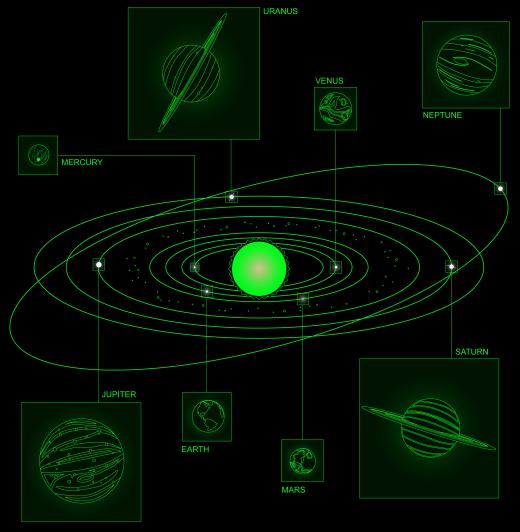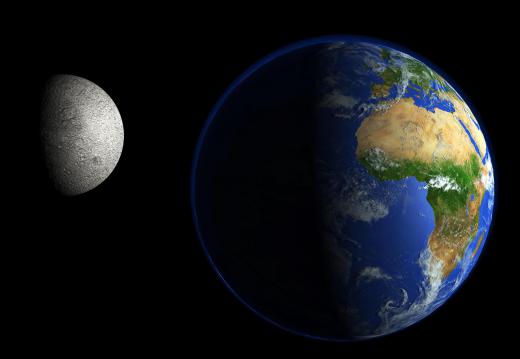What are Some Celestial Objects?
 Michael Anissimov
Michael Anissimov
Celestial objects are things we can find when we look up at the night sky with a telescope, binoculars, or the naked eye. Some have been known for centuries, while others are quite recent, revealed only by the most powerful telescopes.
The "standard" celestial objects, that is, those known since ancient times, are the Sun and the Moon, the stars visible with the naked eye, and the first six planets, except Earth, of course. Our ancestors worshiped some of these, such as the Sun and the Moon, and assigned the stars special meaning, variously describing them as symbols etched in the sky by gods, or little holes beyond which was a higher celestial sphere. It was thought that all the stars, planets, and the Sun orbited around the Earth on a fixed shell. Comets were observed from time to time, and were considered bad omens.

With the invention of the telescope in the Renaissance, people started to realize that the Sun didn't orbit the Earth, but rather vice versa. Galileo Galilei famously observed four moons of Jupiter, which have since been known as the Galilean moons. Thanks to Newtonian physics, it was determined that the orbits of the planets were not actually circular, but rather elliptical. Asteroids and comets were observed, and it was realized that these were space rocks and ice rather than god-sent omens.

Modern astronomy has found a wealth of objects our ancestors never could have dreamed of. More powerful telescopes allow us to observe galaxies, millions of stars, distinguish different classes of stars from each other, and see exotic celestial objects like quasars. We have inferred the existence of black holes, dark matter, and extrasolar planets based on how they affect what we do see, and have theorized the existence of bizarre structures such as cosmic strings.

In 2007, the search engine company Google launched Google Sky, which allows you to put in your home coordinates and look at an image of the night sky online, just how it would look on a perfect night. It also enables zooming, letting anyone see the celestial wonders without an expensive telescope — although of course, it isn't exactly the real thing.
The awe-inspiring connotations of the word "celestial" summarily capture the wonder experienced by humans when looking out from our tiny rock into the great beyond.
AS FEATURED ON:
AS FEATURED ON:















Discuss this Article
Post your comments